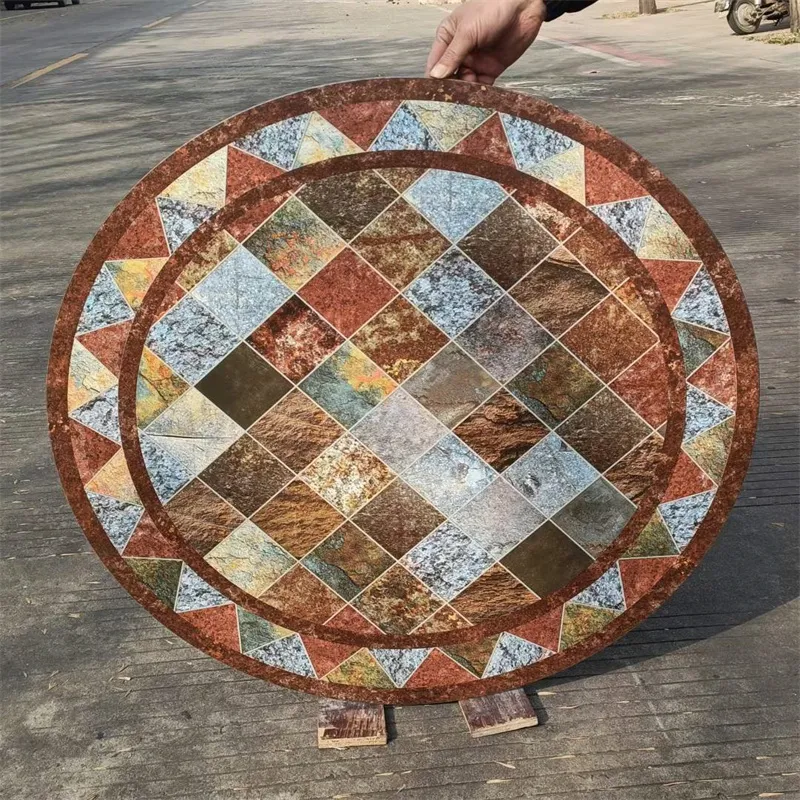Sep . 07, 2024 08:06 Back to list
Ultra Clear Glass - Premium Clarity for Your Projects
The Beauty and Utility of Ultra Clear Glass
Ultra clear glass, often referred to as low-iron glass, has gained significant attention in recent years due to its remarkable properties and aesthetic appeal. Unlike traditional glass that can have a greenish tint caused by iron impurities, ultra clear glass boasts exceptional clarity and transparency. This characteristic makes it a preferred choice for various applications, ranging from architectural design to household items.
One of the most striking features of ultra clear glass is its ability to provide an unobstructed view. This transparency allows for maximum light transmission, often reaching around 91% compared to lower-grade glasses. As a result, it is an ideal material for settings where natural light has a significant role. Large windows made of ultra clear glass can brighten up spaces, merge indoor environments with outdoor scenery, and enhance the overall feel of openness in homes and offices.
Architecturally, ultra clear glass is a favorite choice among modern designers
. It is often used in facades, curtain walls, and even flooring elements, allowing architects to create visually stunning structures that blend seamlessly with their surroundings. For example, when used in buildings, ultra clear glass can reflect the sky and nearby greenery, creating a dynamic interplay between the structure and nature. This not only elevates the aesthetic quality but also contributes to the building's energy efficiency, as it helps regulate indoor temperatures by harnessing natural light.ultra clear glass

In addition to its aesthetic advantages, ultra clear glass is also incredibly durable. Made from high-quality materials, it offers enhanced strength and thermal resistance compared to standard glass. This makes it suitable for a wide range of applications, including furniture manufacturing. Coffee tables, shelves, and display cases made from ultra clear glass provide a chic finish and an illusion of space, making them popular in both residential and commercial settings.
Another notable application of ultra clear glass is in the art world. Galleries and museums employ it to showcase artwork without distorting colors or details. The remarkable clarity ensures that the viewer's focus remains on the art itself, rather than being distracted by the glass barrier. This unwavering transparency enhances the viewer's experience, allowing them to connect deeply with the artwork on display.
Moreover, ultra clear glass is increasingly used in various technological applications. It is integral in the production of high-definition screens for televisions, smartphones, and tablets. The clarity and brightness of these devices depend heavily on the quality of the glass used, and ultra clear glass rises to the challenge, providing crisp images and vibrant colors.
In conclusion, ultra clear glass stands out for its combination of striking aesthetics and practical applications. From enhancing architectural beauty to improving the functionality of everyday items, its versatility is unmatched. As more people and industries recognize its value, the demand for ultra clear glass is likely to continue its upward trajectory, reshaping spaces and experiences in innovative ways. Whether used in a home, office, or gallery, ultra clear glass remains a testament to the beauty of clarity.
-
Safety and Style with Premium Laminated Glass Solutions
NewsJun.24,2025
-
Reinvents Security with Premium Wired Glass
NewsJun.24,2025
-
Premium Float Glass Line for Modern Architecture
NewsJun.24,2025
-
Low Emissivity Glass for Energy-Efficient Architecture
NewsJun.24,2025
-
High-Performance Insulated Glass Solutions for Modern Architecture
NewsJun.24,2025
-
Elevates Interior Style with Premium Silver Mirror
NewsJun.24,2025
Related PRODUCTS














